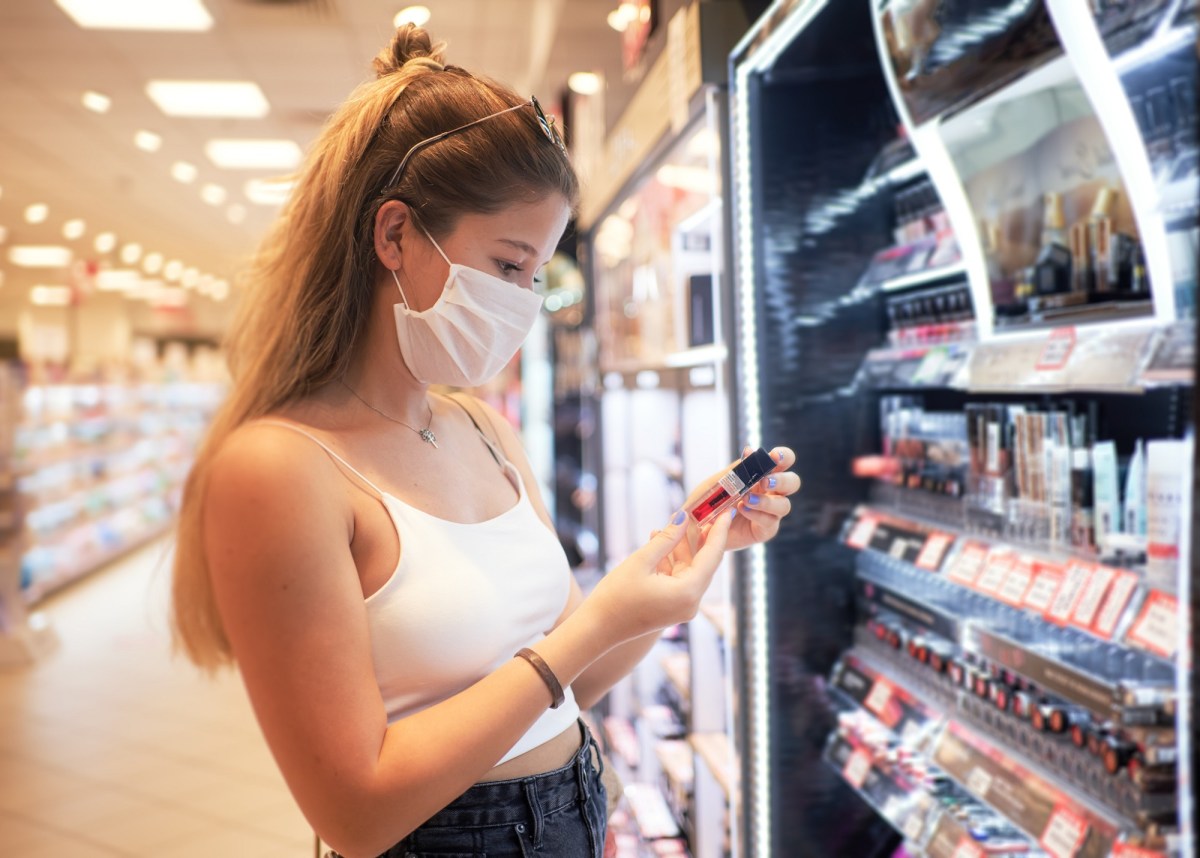With lockdowns and restrictions lifted in Melbourne, shoppers went out in force with the ABS reporting a 22 per cent rise in retail turnover in November, in Victoria. Overall, Australia experienced $31.65 billion of retail spending, a 13.3 per cent increase on the same time last year.
Of course, this is welcome news for the retail sector, but it has meant retailers have had to adapt to the changing environment, again, as customers who were forced to shop online during lockdowns and restrictions, chose to come out again and spend in-store once they were lifted.
For those customers who decided to make the trip into the CBD or local shopping centre, the in-store experience had become disjointed and often disappointing with many shoppers encountering low stock levels or limited ranges and being encouraged to shop online instead.
Critically, the recent shift to online shopping has reset consumer expectations and behaviour. Consumers now expect the same efficiencies in-store as they receive online, which is impacting the traditional in-store experience.
Personal shoppers, technical experts, VIP events and in-store only discounts are becoming more common, but at the end of the day, if an item isn’t in stock at a store, it will impact customer loyalty and the store’s brand. This issue is compounded by the fact that many retailers are now using their physical stores as hubs for online orders – via click-and-collect or ship-from-store arrangements.
Optimising pick and pack strategies can of course mitigate these risks, but in many cases, staff who would normally focus their attention on in-store sales, are now also helping to fulfill online orders, which impacts how much time they can spend with customers.
Retailers need to reconsider where their staff can provide most value to the customer. This could mean having more staff in-store or expanding shifts so that staff can pack orders before the store opens.
Technology has a large part to play in helping retailers manage the post-COVID transition, but to protect the in-store experience, retailers need to choose the right strategies to ensure they get the basics – like inventory management – right first.
Fortunately, order management and e-commerce technologies can be used to create a win-win for online and in-store retail, and the most effective strategies are those which work in tandem.
For example, popular items can boost online sales, but it is not always the most profitable way to sell them. Instead, retailers should consider offering high-demand items for in-store pick up and purchase only – bringing customers into stores and allowing sales staff more opportunities to cross sell or upsell.
Maximising revenue from high value customers is another way of protecting the in-store experience. By restricting the availability of inventory to customers based on loyalty status, retailers can create more time to service their best in-store customers.
Another way to protect the in-store experience is store capacity management. This approach lets you limit the number of Click and Collect or Ship from Store orders. By setting daily limits, you quickly increase the amount of time staff have to service in-store customers.
Retailers should also consider making the most of stores which aren’t yet operational. Using a ‘dark store’ as a mini distribution centre is a smart way to manage stock and allow sales staff to focus on maintaining a quality in-store experience.
Every retailer will require a different strategy, but technology to automate and manage many of these processes is readily available.
Beyond systems and processes, the first step to protecting the in-store experience is accepting that retail will never be what it was. In the short time since March, consumers have changed how they shop, reset what they expect from retailers, and accepted that online ‘frenzy’ events have replaced annual in-store sales.
For now, the desire from die-hard shoppers who want to see the product, feel the fabric and benefit from the knowledge of in-store staff, still exists. Citing ANZ credit card data, Evans & Partners analysts found that online penetration peaked at 30 per cent in April 2020 and had fallen to 17 per cent post-lockdown as consumers regained their confidence to go back to stores.
Retailers must protect the in-store experience if they are to thrive post COVID and consider their in-store and digital strategies in tandem to ensure quality customer experiences across the board.
Graham Jackson is CEO at Fluent Commerce.

